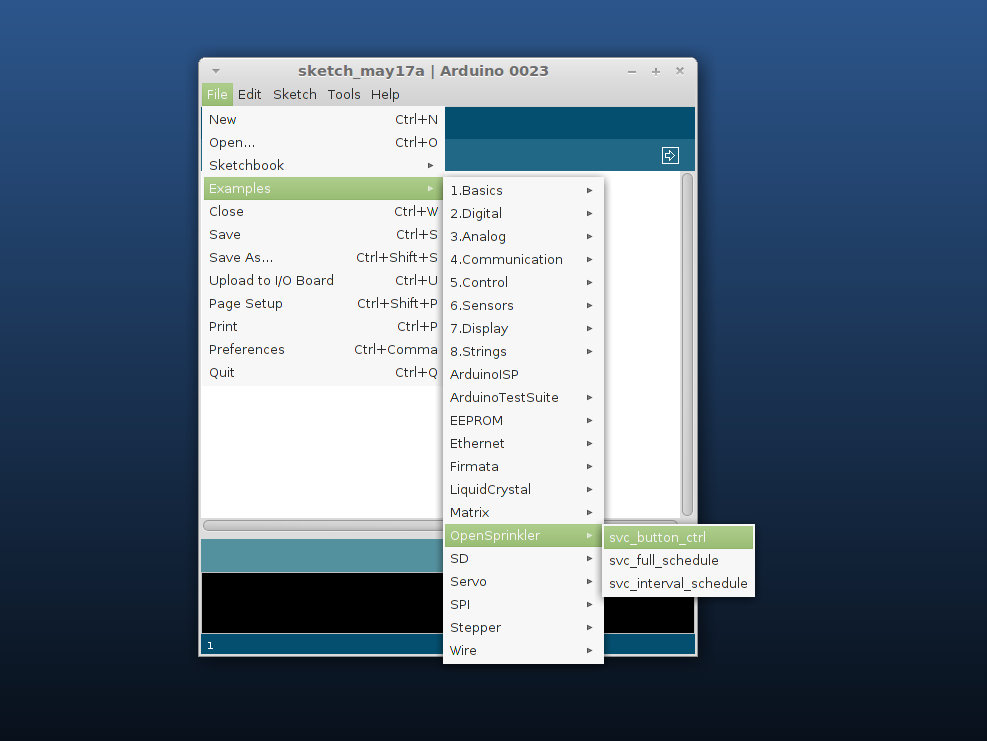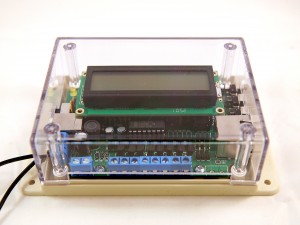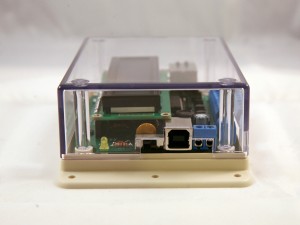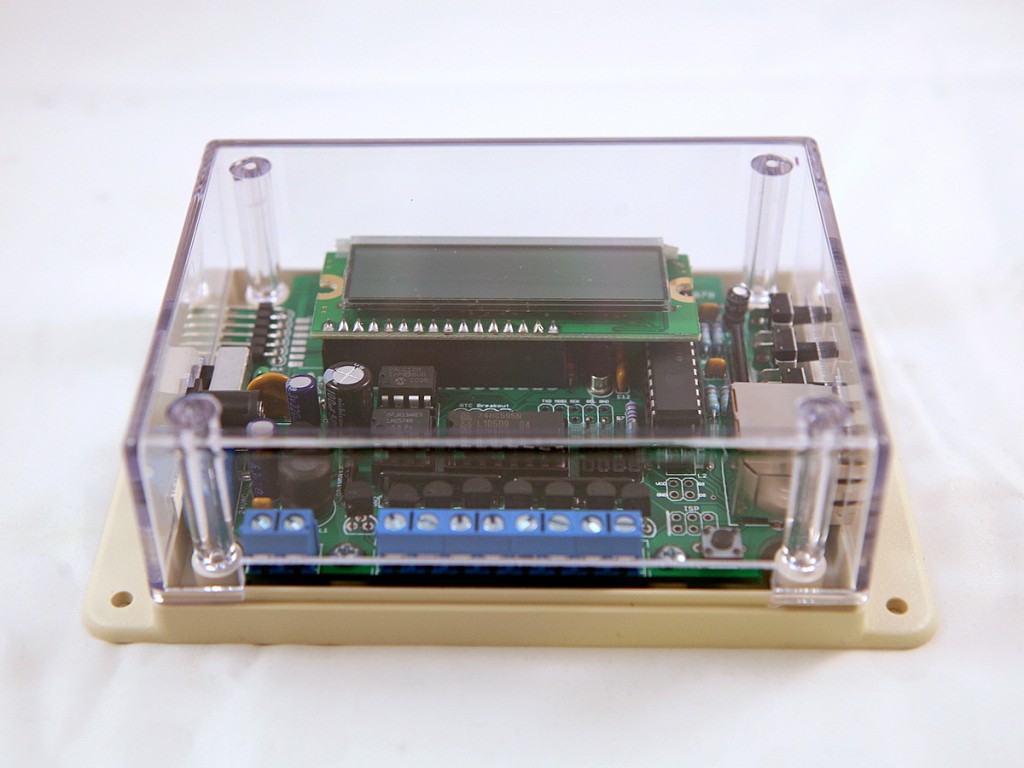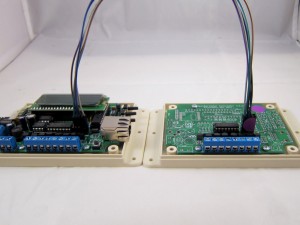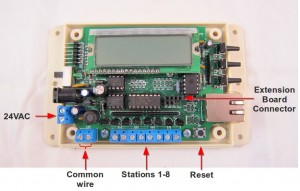Over time I’ve received some questions regarding the hardware design of OpenSprinkler. Here are some common questions and my answers:
Why using a switching regulator?
Since OpenSprinkler uses a single power supply (i.e. 24VAC sprinkler transformer), it is necessary to step down 24VAC to 5VDC and 3.3VDC in order to provide power to the circuit. The simplest and most common way is to use a 7805 linear regulator. But here is a catch: due to the relatively high current consumption of the ENC28J60 Ethernet controller, the whole circuit draws about 150 to 180mA current during operation. Using a linear regulator in this case will cause a lot of power waste. Specifically, (24-5) * 0.18 = 3.42 Watt will be wasted on heat due to the voltage conversion. This is pretty bad. That’s why I made the conscious decision to use a switching regulator to achieve higher efficiency. The switching regulator in this case is estimated to have 75% efficiency, so the power waste is more like (5 * 0.18 / 75% – 5 * 0.18) = 0.3 Watt. Much better and green!
Why having both 5VDC and 3.3VDC supply voltages?
This is because the LCD requires 5V supply, and the rest of the circuit requires 3.3V. The microcontroller can work with both voltages, but the ENC28J60 Ethernet controller and the RFM12B transceiver require 3.3V. That’s why the circuit provides both 5VDC (VIN) and 3.3VDC (VCC).
Why using triacs to control solenoids? What about relays?
While a lot of other sprinkler control circuits found online use relays to switch solenoids, I made the conscious decision to adopt triacs. There are many reasons this is more preferable. First, triacs are semi-conductor components, so they are much smaller than relays, more durable and act much faster. Second, they are low-cost and significantly cheaper than relays. Third, they are also slightly more power efficient: each triac requires only 5 to 7 mA holding current to switch on solenoids, while relay coils often consume more current. In fact, a sophisticated design can use an AC triggering circuitry to trigger triacs only during zero crossings, further reducing the power consumption. All in all, triacs are great choices for switching low-voltage AC devices.
Why does OpenSprinkler v1.2 adopt a USBtiny programmer?
If you’ve noticed, the previous versions of OpenSprinkler relied on external FTDI programmer. That was designed to be compatible with standard Arduino and variants. The main advantage of FTDI is that it not only does re-programming, but also it is a USB-to-Serial converter, which allows the microcontroller to easily send and receive messages from your computer. However, it also has two main downsides. First, it is expensive: an FTDI programmer or cable can easily cost more than 15 bucks, and we don’t like to stock it due to the cost. Second, using FTDI requires a bootloader, which takes away some (512 bytes) program space from ATmega328. Therefore we have decided to go with an on-board USBtiny ISP programmer based on ATtiny45. We like this solution a lot better because this way every OpenSprinkler board has a built-in USB programmer, so you don’t need to worry about purchasing a programmer separately. It is low-cost and does not require a bootloader, so it’s a win-win choice.
